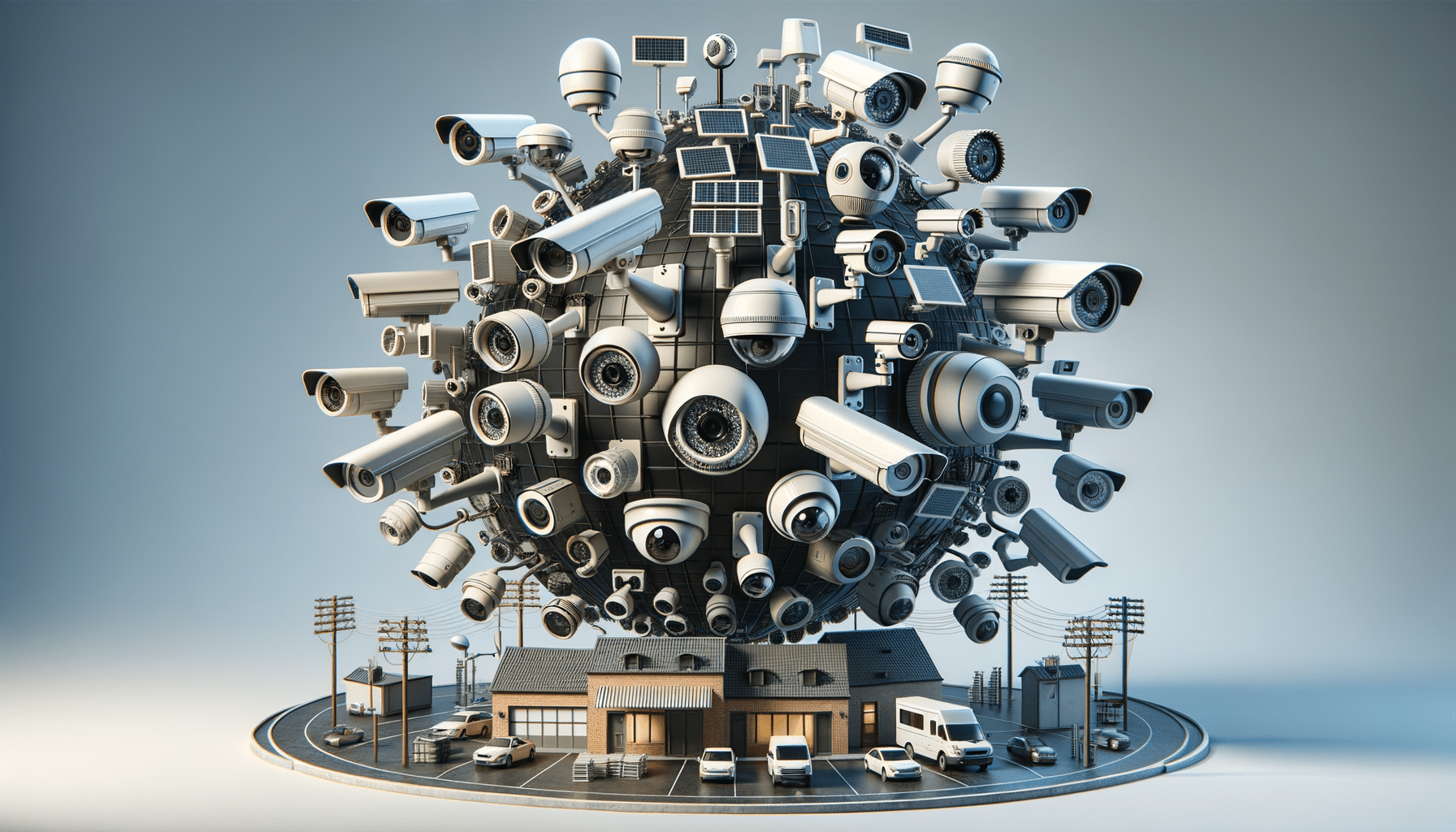
Discover Security and Surveillance Cameras for Every Need
Introduction to Security and Surveillance Cameras
In today’s world, the importance of security and surveillance cameras cannot be overstated. These devices serve as the eyes and ears of modern security systems, providing essential protection for both homes and businesses. With the ability to offer real-time monitoring, deter criminal activity, and provide recorded footage, security cameras have become indispensable in safeguarding property and ensuring peace of mind. Available in various types, including indoor, outdoor, wired, and wireless options, these cameras cater to diverse needs and preferences. This article delves into the different aspects of security and surveillance cameras, exploring their benefits, types, and how to choose the right system for your needs.
Understanding the Different Types of Security Cameras
Security cameras come in a wide array of types, each designed to meet specific requirements and environments. Indoor cameras are typically used within homes and offices to monitor activities in common areas, while outdoor cameras are built to withstand weather elements and provide surveillance for external premises. Wired cameras offer a stable and reliable connection, often preferred in fixed installations where long-term monitoring is required. On the other hand, wireless cameras provide flexibility and ease of installation, making them suitable for temporary setups or areas where cabling is impractical.
When selecting a security camera, consider the following types:
- Dome Cameras: Known for their unobtrusive design, these cameras are ideal for indoor use and can cover wide areas.
- Bullet Cameras: With a long and cylindrical shape, bullet cameras are perfect for outdoor use, offering clear images over long distances.
- PTZ Cameras: These cameras allow remote control of pan, tilt, and zoom functions, providing comprehensive coverage and flexibility.
- IP Cameras: Internet Protocol cameras offer high-resolution video and can be accessed remotely, making them a popular choice for tech-savvy users.
Understanding these types will help you make an informed decision based on your specific security needs and environment.
The Benefits of Installing Surveillance Cameras
Surveillance cameras offer a multitude of benefits that enhance security and provide peace of mind. One of the primary advantages is the deterrence of criminal activity. The mere presence of cameras can discourage potential intruders or vandals, reducing the likelihood of incidents. Real-time monitoring allows property owners to keep an eye on their premises from anywhere, using mobile devices or computers, which is particularly beneficial for business owners and frequent travelers.
Another significant benefit is the ability to record and store footage. This feature is invaluable in investigating incidents, providing evidence in legal situations, and resolving disputes. Additionally, modern surveillance systems often come equipped with advanced features such as motion detection, night vision, and two-way audio communication, further enhancing their utility.
Surveillance cameras also contribute to improved safety and operational efficiency. In business settings, they help monitor employee activities, ensure compliance with safety protocols, and optimize workflow by identifying bottlenecks or inefficiencies. Overall, the installation of surveillance cameras is a proactive step towards creating a secure and well-managed environment.
Choosing the Right Security Camera System
Selecting the right security camera system involves considering various factors to ensure it meets your specific needs. Begin by assessing the areas you wish to monitor and the level of detail required. For instance, high-resolution cameras are essential for areas where identifying faces or license plates is necessary. Consider the lighting conditions in the surveillance area, as some cameras perform better in low-light environments.
Next, evaluate the connectivity options. While wired systems offer reliability, wireless systems provide flexibility and ease of installation. Ensure that the cameras you choose are compatible with your existing security infrastructure, including alarms and access control systems. Budget is another critical consideration; while high-end systems offer advanced features, there are also cost-effective options that provide essential security functions.
Finally, consider the ease of use and maintenance of the system. User-friendly interfaces and reliable customer support are crucial for managing and troubleshooting your security setup. By carefully evaluating these factors, you can select a security camera system that effectively meets your surveillance needs and provides long-term value.
Conclusion: Enhancing Security with the Right Surveillance Solutions
In conclusion, security and surveillance cameras play a pivotal role in protecting homes and businesses. By understanding the different types of cameras and their benefits, you can make informed decisions to enhance your security measures. Whether opting for indoor, outdoor, wired, or wireless systems, the right choice will depend on your specific requirements and environment.
As technology continues to advance, surveillance cameras are becoming more sophisticated, offering features that were once only available in high-end systems. Investing in a quality surveillance solution not only deters criminal activity but also provides peace of mind, knowing that your property is under constant watch. By integrating these systems into your security strategy, you can create a safer and more secure environment for yourself and those around you.


